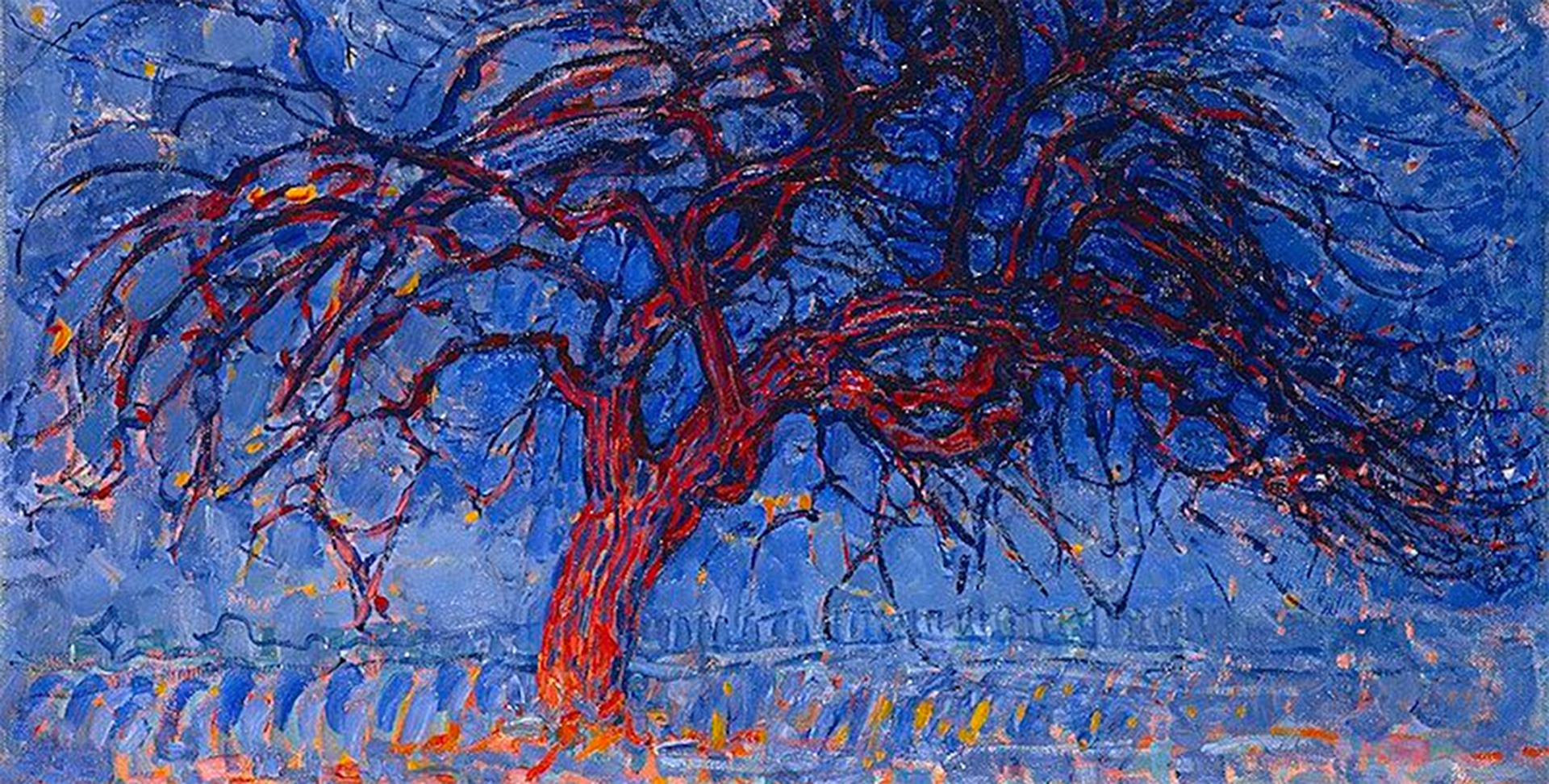


It’s art that doesn’t portray the world as we see it with our eyes (the tangible world). An abstract work therefore bears no relation to reality.
At the beginning of the 20th century, this was a revolution, since, before this time, art was figurative, meaning that it portrayed objects, people or landscapes that could have been observed in reality.
And we must say that, although some Cubist paintings are difficult to understand, they are not abstract art, because their subject is still related to the real world.

Cubism is an attempt to show the truth about its subjects, which means showing all aspects.
Kandinsky was not the only artist to launch out into the adventure of abstraction. During the same period, several artists undertook the same research to detach art from reality. Kandinsky, however, still stands out because of the way he did it: he expressed his emotions directly in his paintings by using very free shapes.
The other artists based their work on research by Braque and Picasso for Cubism and took them further, reaching abstraction. This was particularly true of Mondrian, the Dutch painter.
Art historians later drew a distinction between these two forms of abstraction: Lyrical Abstraction and Geometrical Abstraction.

Abstraction appeared at the same time in the work of several artists.
Abstraction did not stop at the flat surface of paintings. The Constructivists, who were Russian artists, created three-dimensional works from 1917 onwards.
Inspired by Cubism and Futurism, they associated simple geometrical shapes to create structures looking like skeleton frames used for construction purposes.
The result looked like industrial buildings, which was deliberate. In 1917, the Russian Revolution took place. Communists took over, determined to give power to the workers, the people who kept the factories going. This tower by Vladimir Tatlin was supposed to become the international communist headquarters.
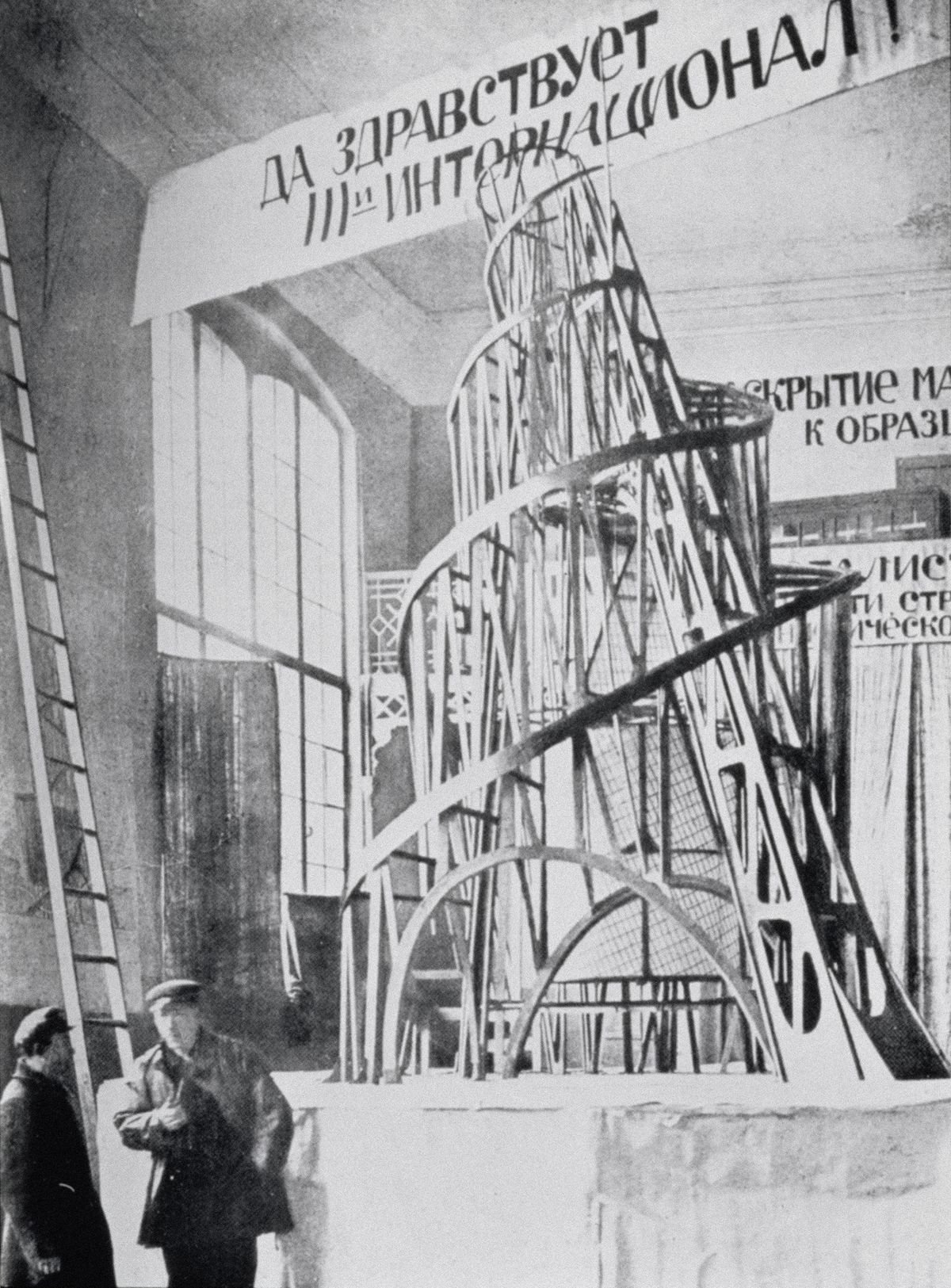

After the Russian Revolution of 1917, Constructivists invented an abstract, volumetric art that matched communist ideals.
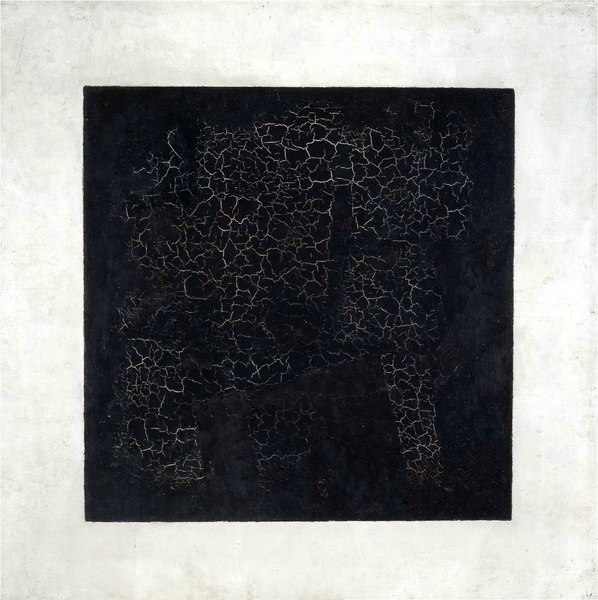
However, the most famous Russian abstract artist was a painter. Kasimir Malevich was close to Constructivists and responsible for one of the most spectacular aspects of the birth of abstract art.
In 1915, he exhibited a work of art to which he gave the title Quadrangle, but which was soon to be known as Carré noir sur fond blanc (Black Square). Clearly, many people thought that such a simple painting “was not art”.
Many artists throughout the 20th century would follow Malevich’s example of this type of geometrical abstraction. Like that of Malevich, their art was a statement that their status as artists gave them the power to choose what was art and what was not.

With his Carré noir sur fond blanc, Malevich inaugurated the most radical form of geometrical abstraction.
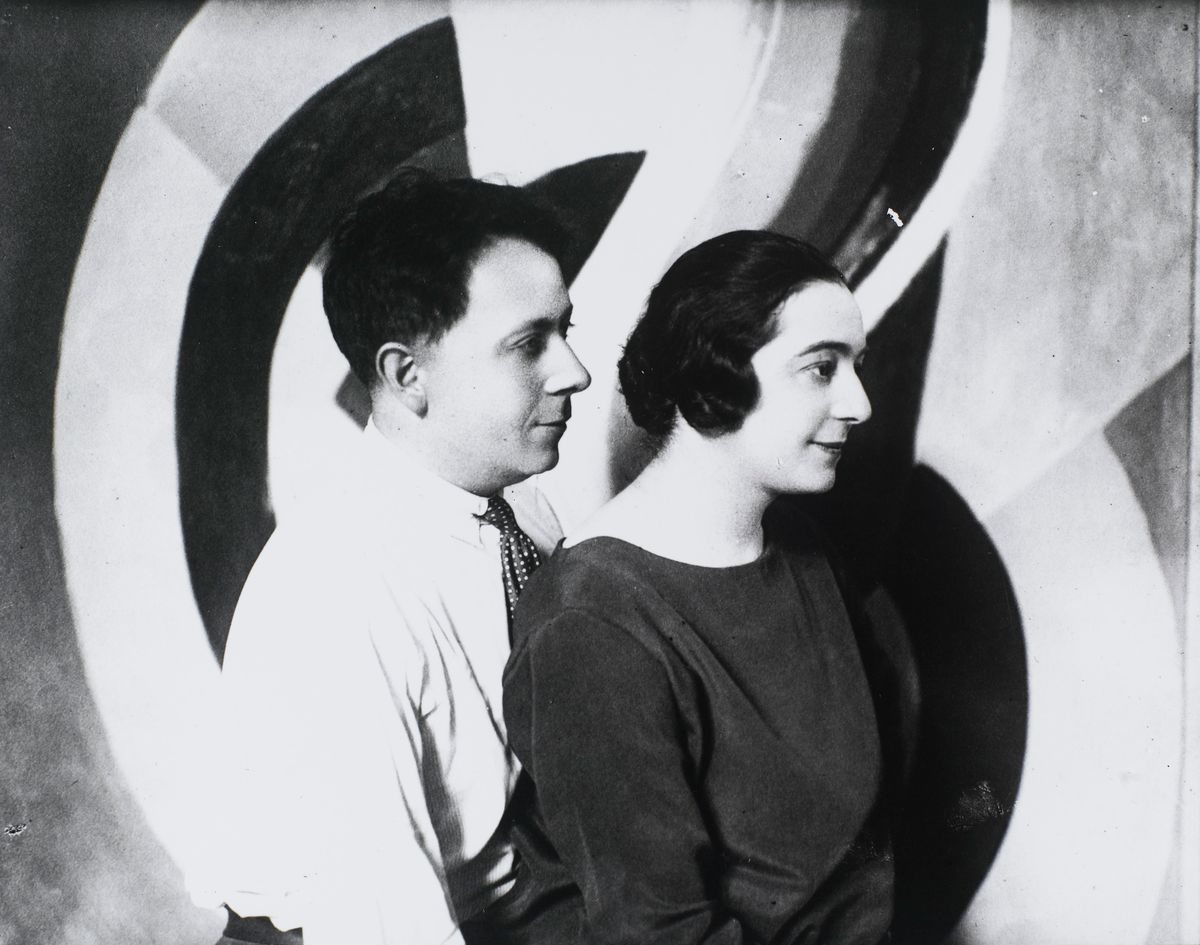
In France, a couple, Sonia and Robert Delaunay, were the first artists to start practising abstract art. These two people were united in their love of art, as a poet friend of theirs said.
They also drew inspiration from Cubism, but also from colour theories, which had become very important since the Impressionist period.
According to Chevreul, who was a chemist, some (secondary) colours are more intense when they are next to each other.
This was known as the theory of simultaneous contrast, which Sonia and Robert applied to their works, whose colours were explosive.

In France, abstraction was beginning to appear in the works of Sonia and Robert Delaunay.
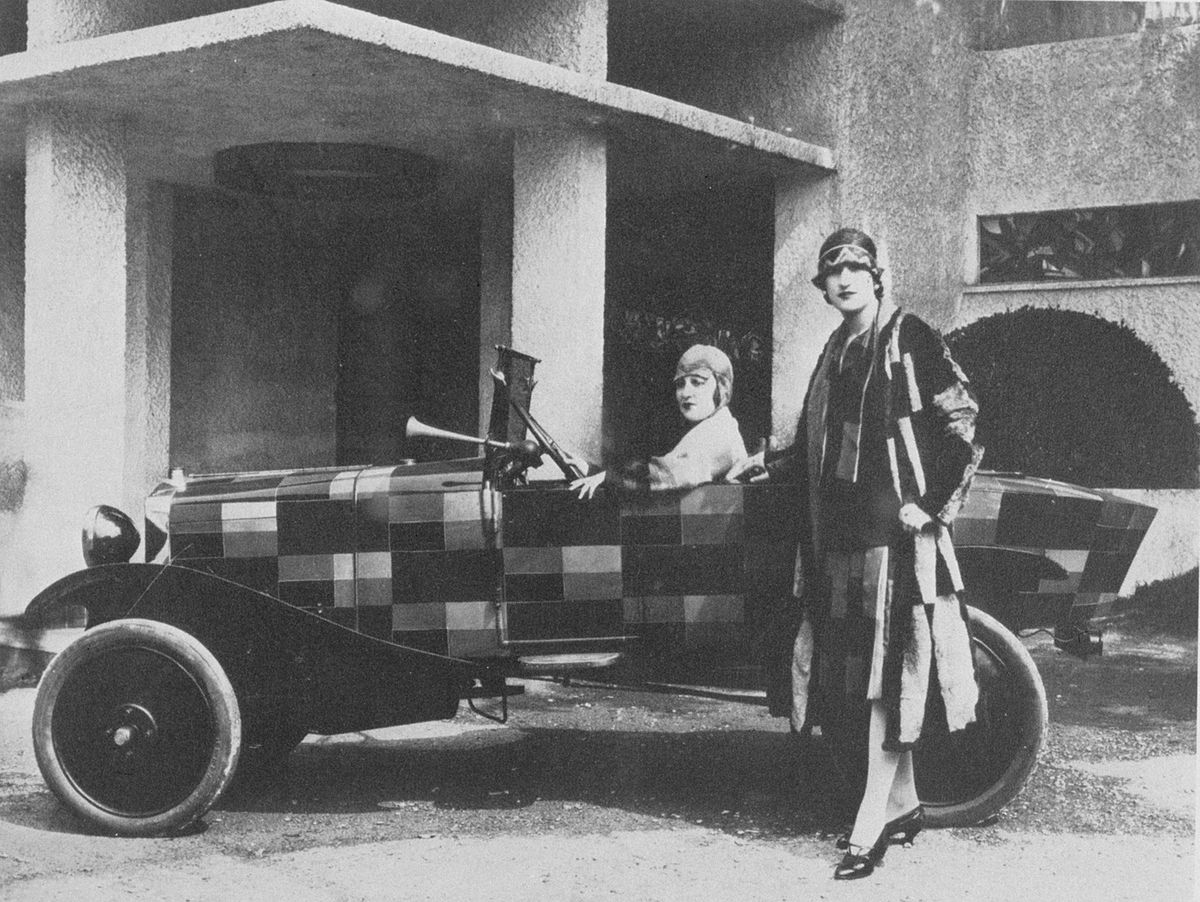
Sonia Delaunay had a career as a painter, but she also created brightly coloured dresses, book bindings and objects … she was an artist but also a designer.
But Sonia was not the only one. Since the end of the 19th century, artists had been fighting to make art part of everyday life via architecture and decorative objects.
A German school even placed this at the heart of its programme: the Bauhaus. Its director, Walter Gropius, believed that there was no difference between an artist and a craftsman. What was his intention? To blend all of the arts together to create an artistic environment in daily life.

At the beginning of the 20th century, design became increasingly important.
At the Bauhaus school, students studied architecture, but also metalworking, pottery, joinery, textiles, glass and so on … they even had drama lessons!
Walter Gropius, the first director of the School, believed that art is a whole that must be present everywhere. As an architect, he thought that all the arts should come together to serve architecture.
He also drew the plans for his school building, since the best way of showing that he was right was to apply his theory of total art to himself.
The building is considered to be a major work of modern architecture and the Functionalist movement (the shape of a building is designed to correspond perfectly to the use that will be made of it).


When he designed the Bauhaus building in Dessau, Walter Gropius created a major work of Functionalist architecture.

"*" indicates required fields